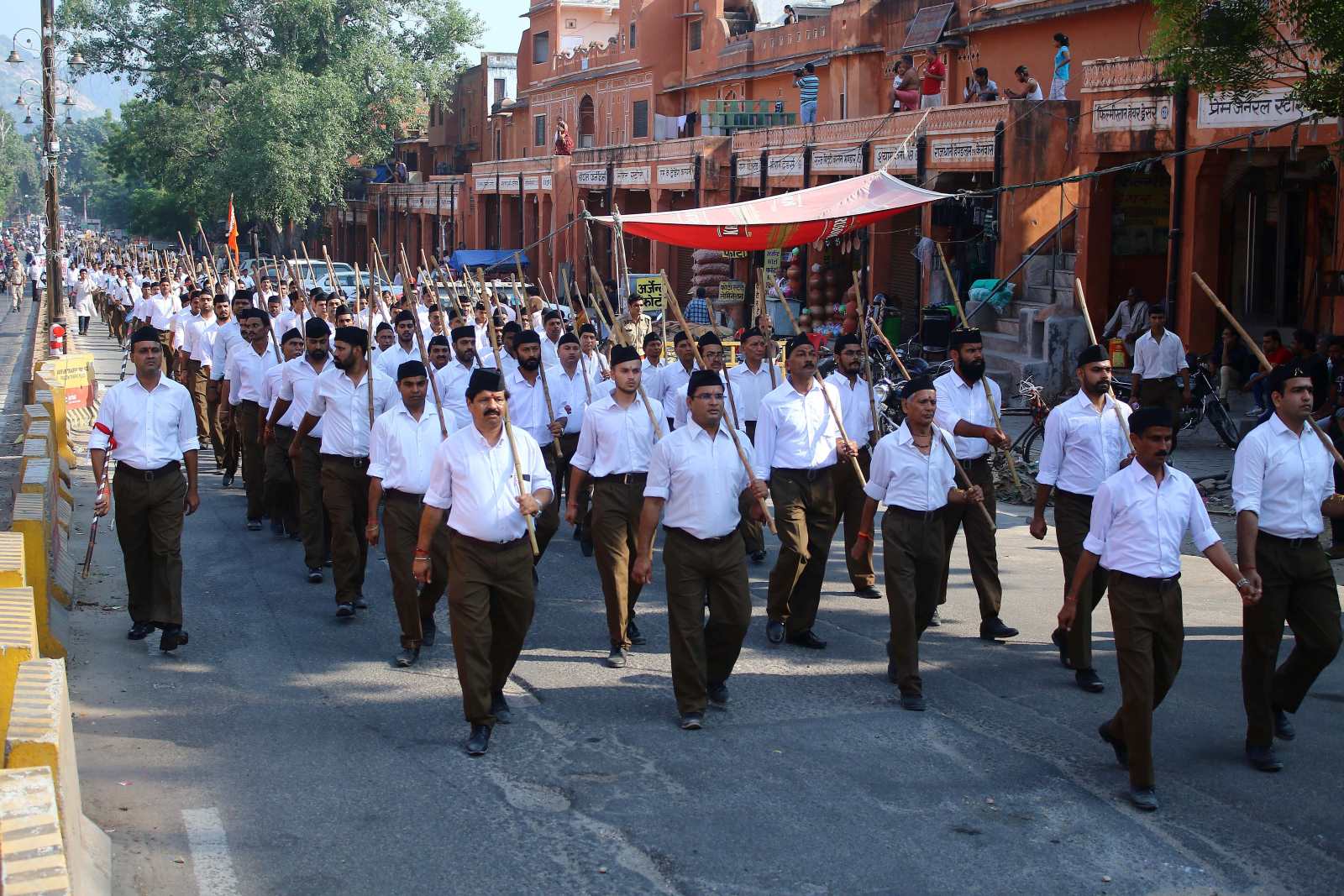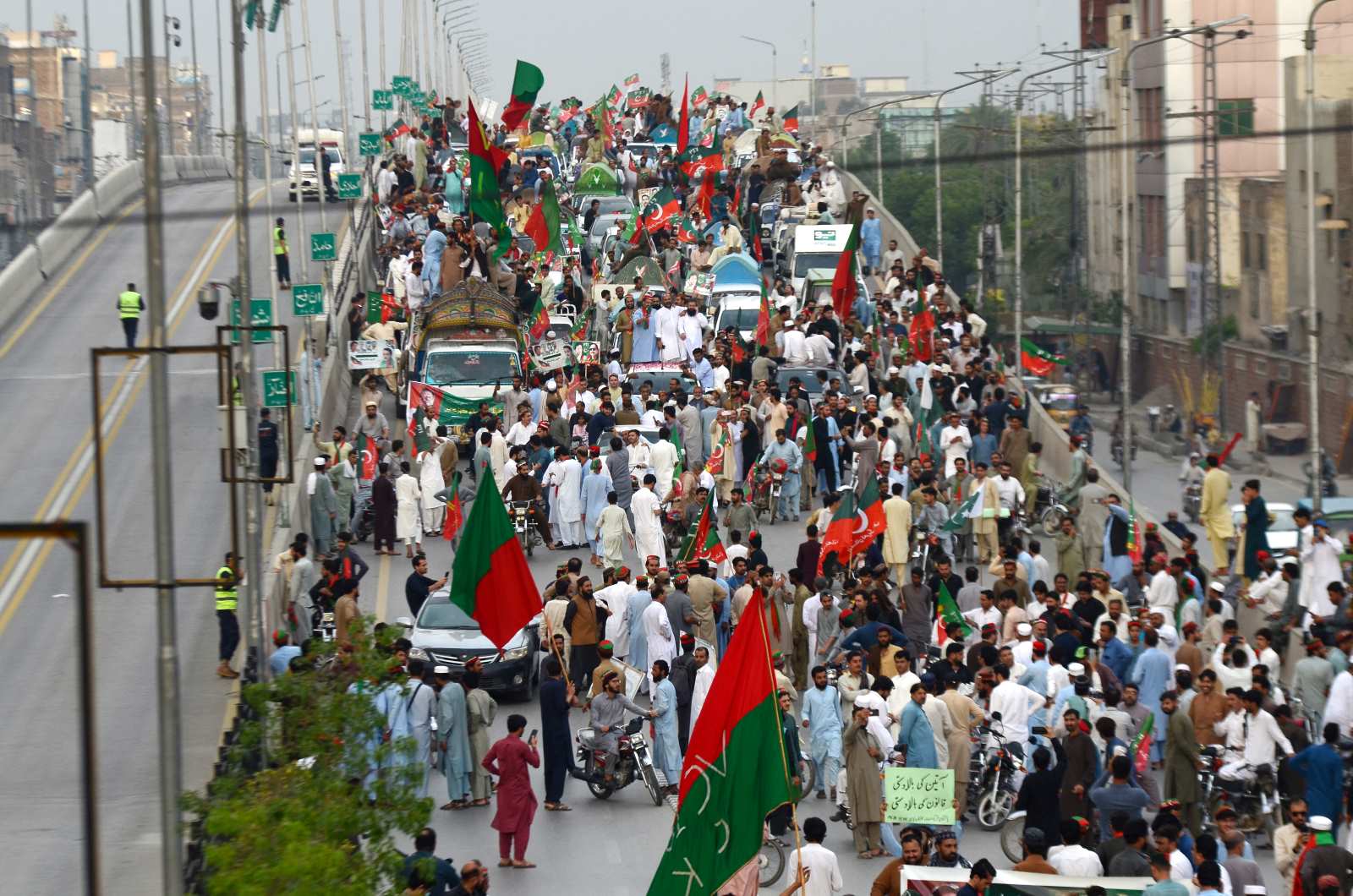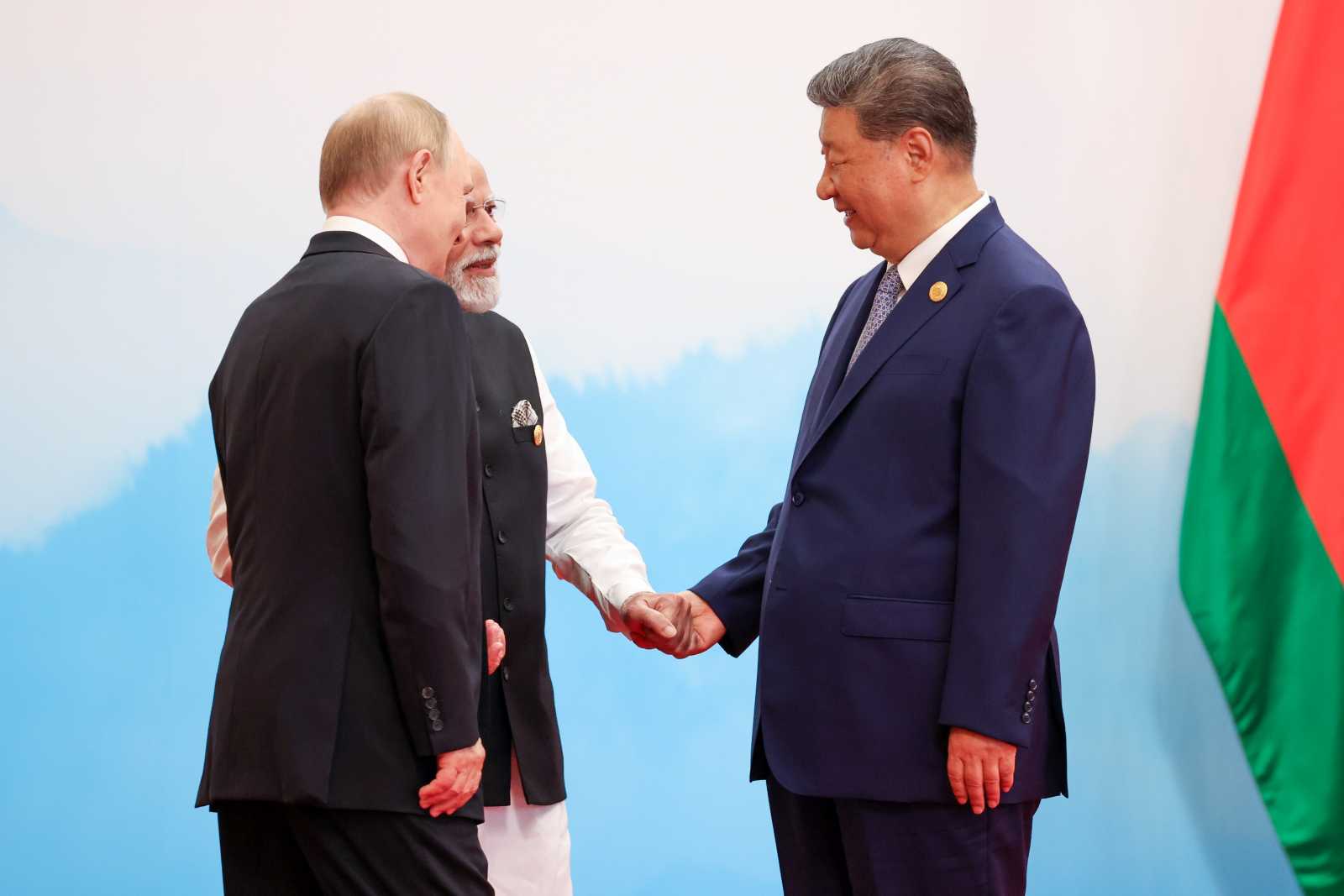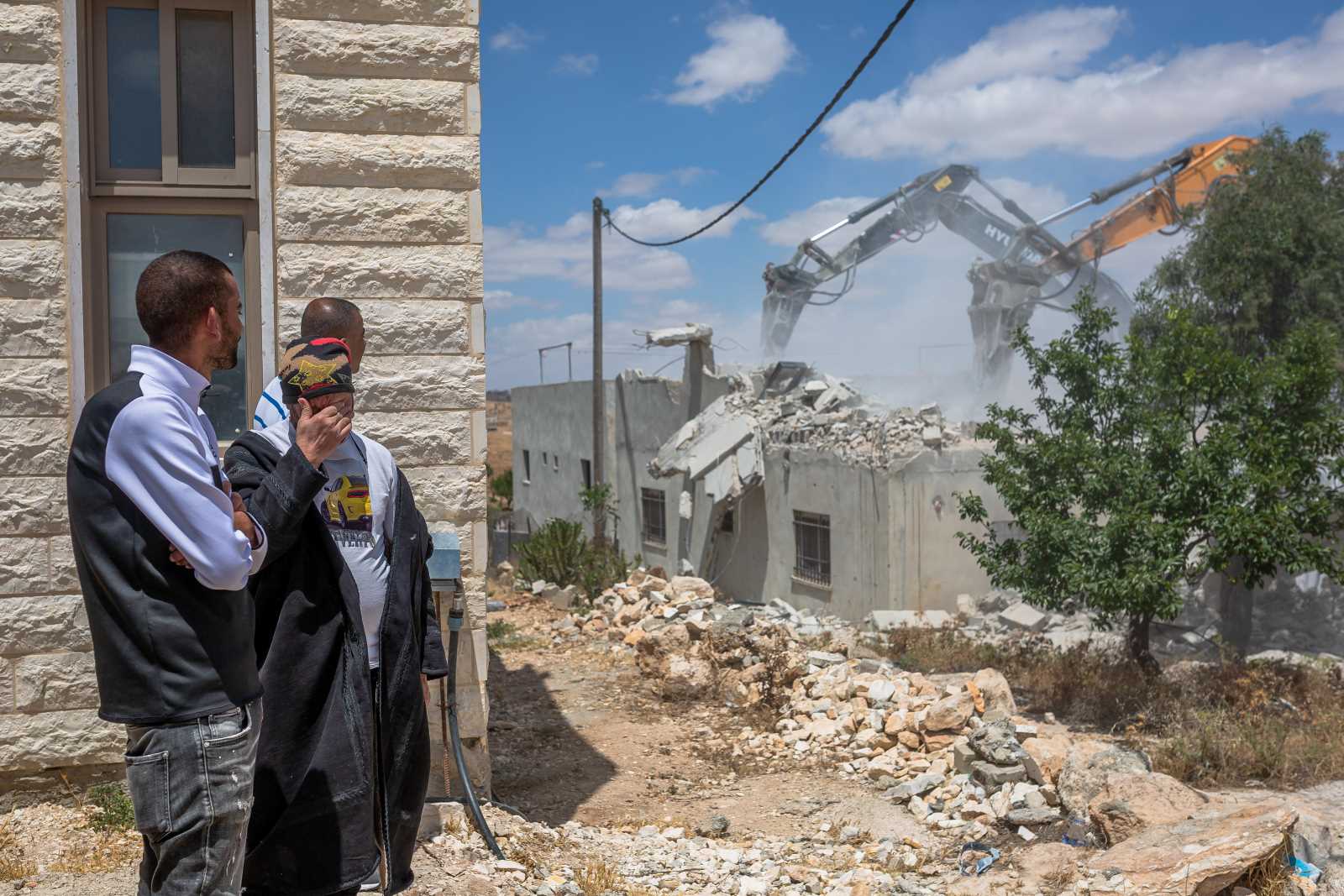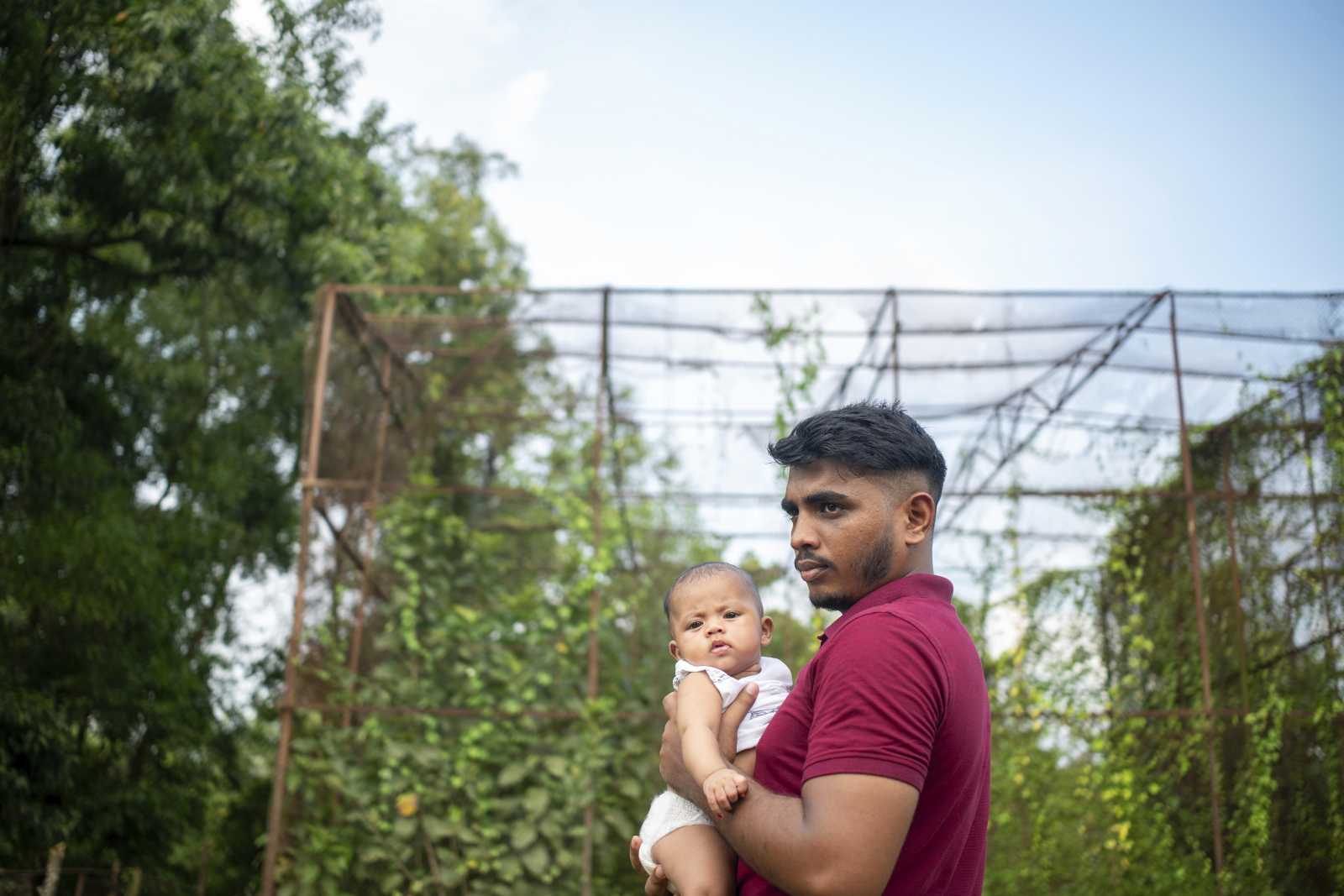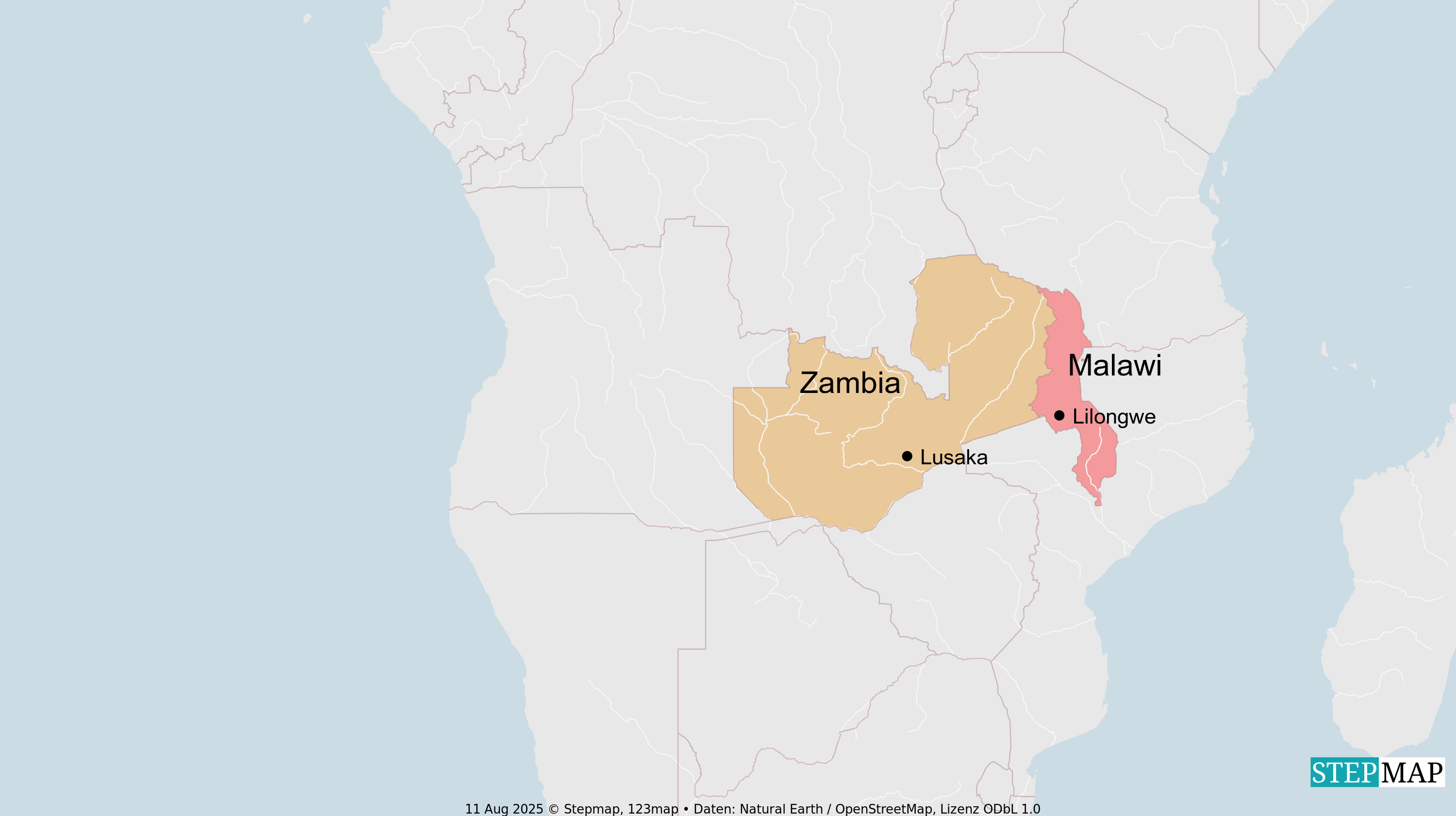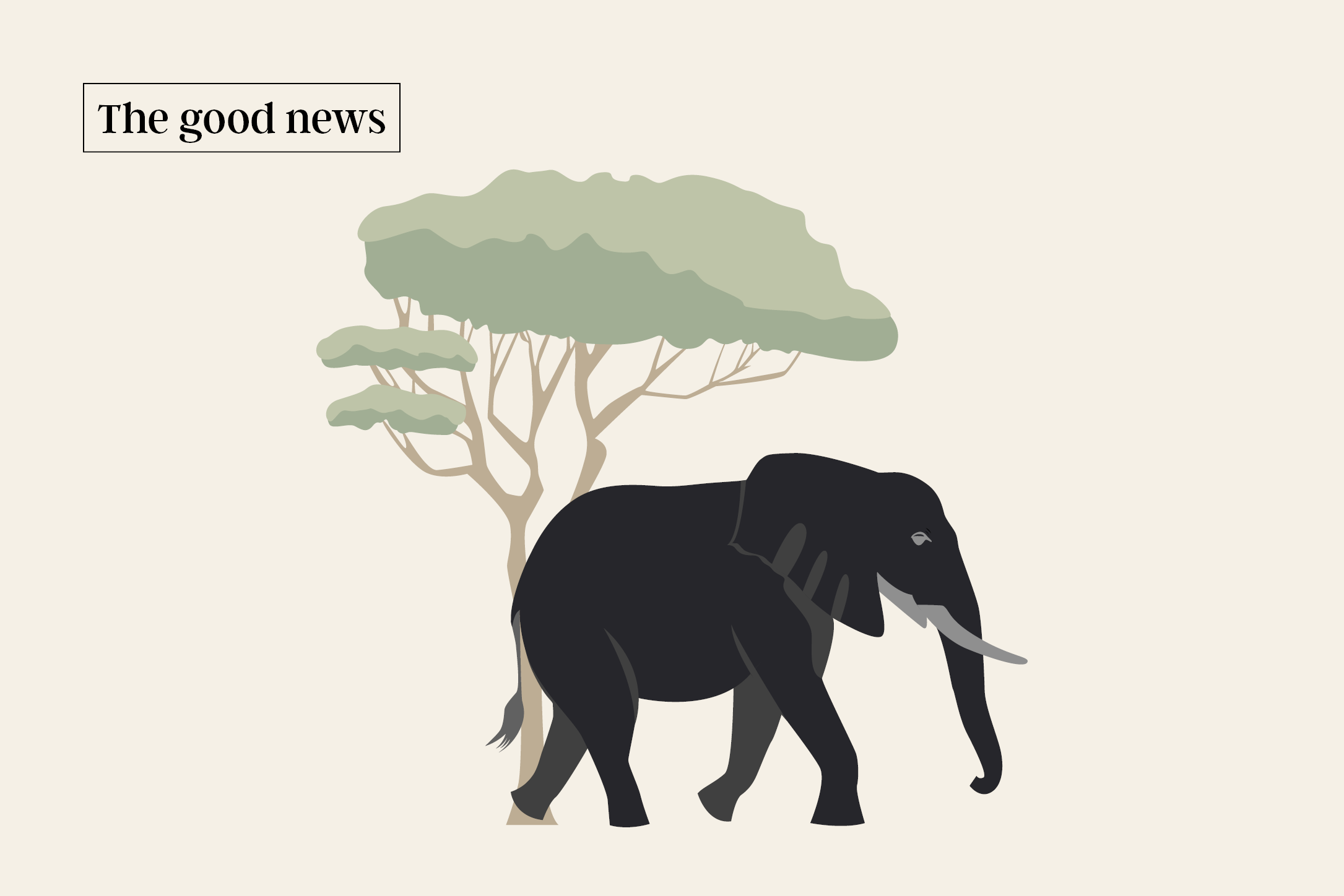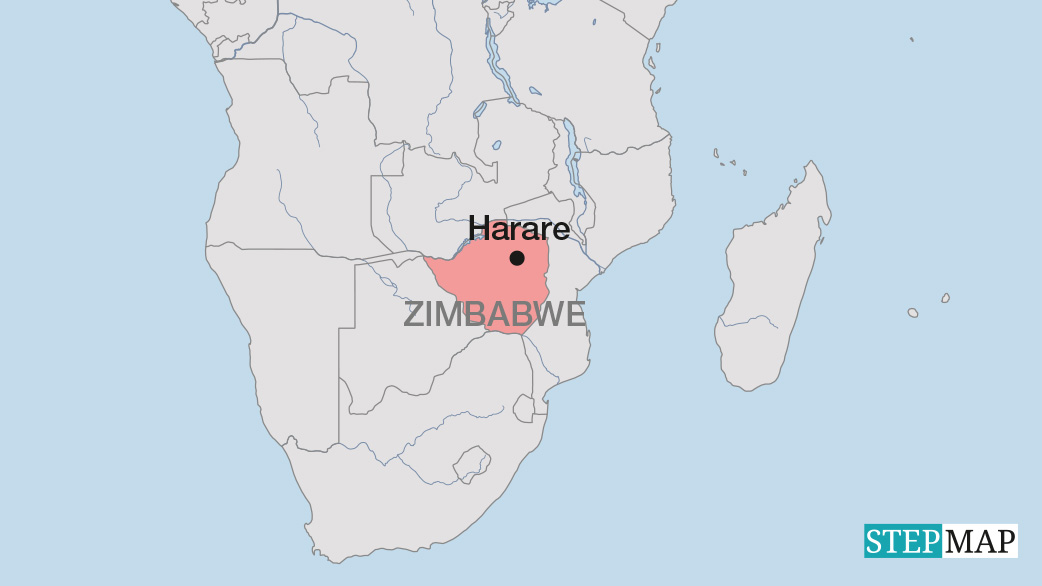Kashmir conflict
Authoritarian forces on the rise
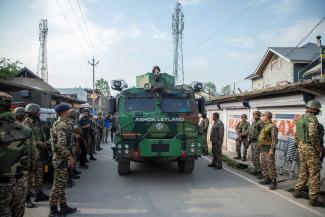
When the British Empire withdrew from South Asia in 1947, two successor states emerged – India and Pakistan. Both sought to incorporate princely states, which did not clearly belong to any state, into their respective territories. Kashmir was the most prized of these regions. Both India and Pakistan occupied parts of it and have repeatedly gone to war over it.
On 22 April, a brutal militant attack on civilians in Pahalgam in the Indian-held part of Kashmir almost brought the world to the brink of a nuclear catastrophe. The war drums started to beat as India blamed Pakistan for the attack and promised vengeance. Pakistan denied involvement and threatened retaliation for any attempts to violate its sovereignty. The showdown started with Indian missile attacks on several locations across the disputed Kashmir region as well as mainland Pakistan. Retaliation followed soon afterwards. The escalation potentially endangered all of South Asia, home to more than a fifth of the world’s population.
The jingoism of both regimes was amplified by social-media-driven war hysteria. It seemed as if there was a collective descent into the madness of mutually assured destruction. As the skirmishes escalated, both militaries deployed their latest imported weaponry. Chinese war planes and Turkish drones operated by Pakistan faced off against Indian-operated French Rafale fighter jets and Israeli drones. World powers had no choice but to intervene. On 10 May, President Donald Trump announced that the United States had brokered a ceasefire.
Since the ceasefire came into effect, the war hysteria has been replaced by victory celebrations on both sides of the border. However, the only winners of this conflict are the two countries’ governing regimes and the arms manufacturers whose latest technology has now been field tested. For the Hindu majority government in India, the conflict presented an opportunity to project an image of strength and appease its far-right voter base, who are steeped in anti-Muslim and anti-Pakistan hatred. It also allows the government to perpetually externalise its challenges in Kashmir by suggesting that everything would be fine if only Pakistan would stop fomenting unrest.
For the Pakistani military establishment, this conflict did not come a moment too soon. Since former Prime Minister Imran Khan was ousted through a vote of no-confidence in 2022, the military establishment had been facing an unprecedented crisis of legitimacy. This brief exchange allowed it to refurbish its embattled image and position itself as the only institution that can safeguard the country’s sovereignty. The old playbook of anti-Hindu and anti-Indian hatred just had to be dusted off and all the criticism simply dried up.
Authoritarianism is growing stronger
The losers of this conflict are the casualties and their families – and the vast majority of South Asians, who will be forced to pay for greater defence spending. They will also have less freedom to dissent, criticise or mobilise against their increasingly authoritarian states, which will now feel even more emboldened.
The worst affected will be the Kashmiris. In Pakistan-held Kashmir, there will be less space for those who do not fully subscribe to the integrationist policies of the Pakistani state. In Indian-held Kashmir, the violence against Muslims whom the Indian government accuses of cooperating with Pakistan is going to further intensify. Homes belonging to families of alleged separatist militants have been demolished in retribution. Thousands have been detained for their suspected links to separatists in what is already one of the most militarised regions in the world. The international community must now pay close attention and work to prevent another cycle of escalation. The world cannot afford it – least of all the Kashmiris.
Muhammad Nawfal Saleemi teaches history and politics at the Lahore University of Management Sciences, Pakistan.
muhammad.saleemi@lums.edu.pk
Edit: We have corrected and clarified the last paragraph of this article on 30 May 2025.

